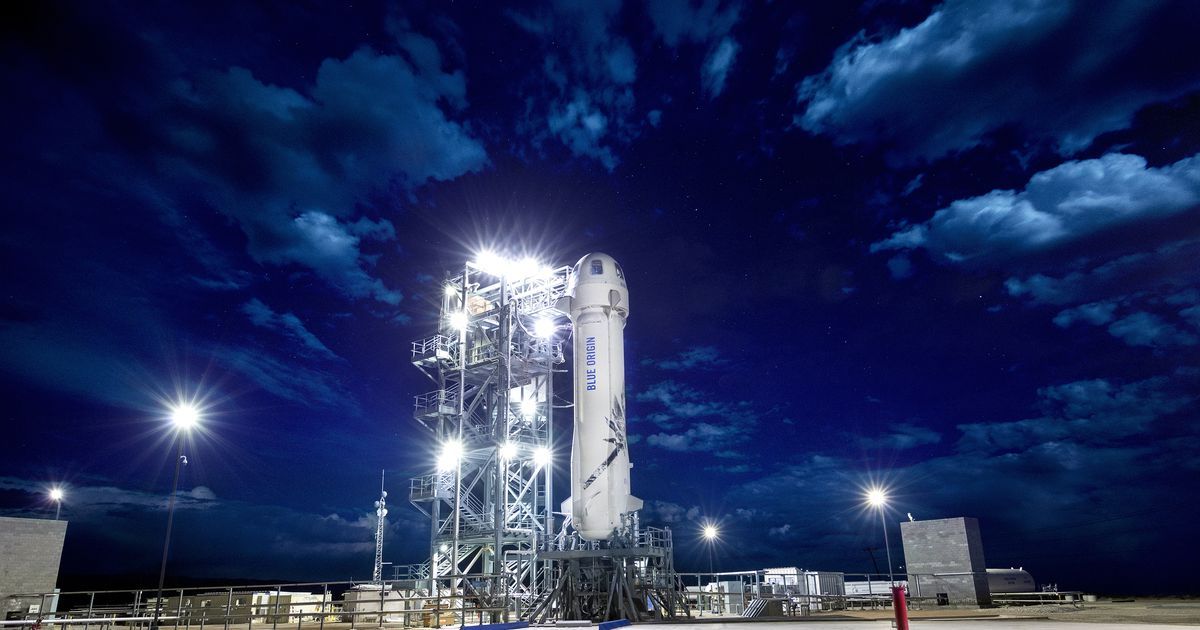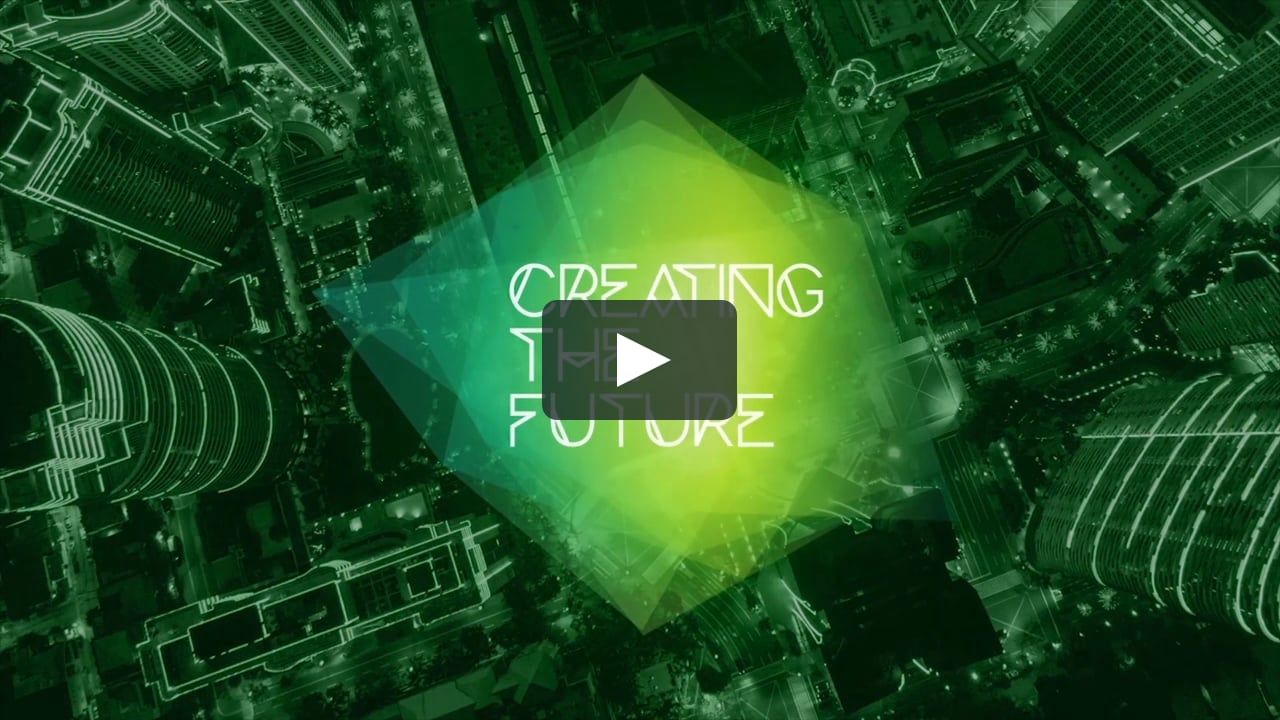Watch Earth change over the past 20 years, thanks to a compilation of NASA satellite footage.
Get the latest international news and world events from around the world.

The EU Is Planning a Ban on Single-Use Plastic Products
The European Commission is proposing a ban on around 10 single-use plastic items that it says account for approximately 70 percent of all garbage in the European Union’s waters and beaches, including cutlery, straws, cotton buds, plates, some coffee cups, and stirrers, CNN Money reported on Monday.
According to CNN’s report, it’s part of a broader plan to shift the European economy away from single-use products that end up going straight into the garbage or the street:
The legislation is not just about banning plastic products. It also wants to make plastic producers bear the cost of waste management and cleanup efforts, and it proposes that EU states must collect 90% of single-use plastic bottles by 2025 through new recycling programs.
Scientists invented a real-life flux capacitor, but not for time travel
If you watched Back to the Future over the holiday weekend and wished the flux capacitor was a real thing so you could travel through time, we have sorta good news. Scientists from Australia and Switzerland have proposed a real-life flux capacitor — but you won’t be able to travel back to a high school dance in the ’50s with it.
The device is a new type of electronic circulator, which can control the directional movement of microwave signals. The scientists, who published their research in Physical Review Letters, have proposed two different potential circuits — one of them borrows the design of the three-pointed flux capacitor Doc Brown and Marty McFly used to travel to 1955 and 2015 in their DeLorean.




Investing in Brain Health for All (December 4–6th)
Amazing how quickly things are changing in brain health and mental health — see the news about Interaxon, Akili, NeuraMetrix, Apple, Calm, Halo Neuroscience, Mindstrong Health, Calm, Novartis, Pear Therapeutics, in the last 6 months alone, and consider joining the discussion in December smile (link opens 2-minute video)
Imagine a videogame cleared by the FDA to treat ADHD, depression, or substance abuse — how will doctors prescribe it, patients access it, and insurers pay for it?
Imagine a free “annual brain check-up” — what may it look like, and how can it lead into personalized interventions to improve function and prevent/ delay/ treat cognitive decline and Alzheimer’s Disease?
Imagine being responsible for the health & wellness of a million people — how will you educate them to navigate most-likely-to-help interventions, such as breathing/ exercise/ meditation/ apps/ biofeedback/ tDCS to regulate stress?
Imagine investing $100 million in startups developing noninvasive, digital neurotechnologies — where, and how, will you find great opportunities to generate financial and social returns?

Dr. Matt Kaeberlein – The Dog Aging Project
An interesting interview with one of the Dog Aging Project’s lead scientists, Dr. Matt Kaeberlein.
As we discussed in a recent article about Prof. George Church’s new startup, endeavors to undo aging aren’t directed exclusively toward human aging; extending the healthy lifespan of our pet dogs and cats is also currently being researched. The Dog Aging Project (DAP) has been around quite a bit longer than Prof. Church’s startup, and today, we have the pleasure to bring you an interview with one of the lead scientists behind it, Dr. Matt Kaeberlein.
In much the same way that other projects are aiming to extend healthy human lifespan, the DAP team intends to do the same, targeting the aging processes directly. Given the rate of progress in geroscience over the past years, Dr. Kaeberlein and his team are optimistic that, in the near future, the interventions that have been shown to slow down aging in mice and rats could do the same in our furry companions.
Besides Dr. Kaeberlein—who is a Professor of Pathology and an Adjunct Professor of both Genome Sciences and Oral Health Sciences at the University of Washington in Seattle—the DAP team is comprised of Dr. Daniel Promislow, Professor of the Departments of Pathology and Biology at the University of Washington; Dr. Kate Crevy, Associate Professor of Small Animal Internal Medicine at Texas A&M University’s College of Veterinary Medicine; Dr. Tammi Kaeberlein, a research scientist at the Department of Pathology at the University of Washington; Dr. Silvan Urfer, a veterinarian and Senior Fellow of Washington University’s Department of Pathology; and Kelly Jin, a doctoral student currently pursuing a Ph.D. in Molecular Medicine and Mechanisms of Disease at the University of Washington.


China steps up pace in new nuclear arms race with US and Russia as experts warn of rising risk of conflict
As China joins the US and Russia in pursuing more targeted nuclear weapons as a deterrent against potential threats, the looming arms race would in fact serve the opposite purpose by increasing the risk of a nuclear conflict, experts warn.
Chinese scientists are running simulated tests at a faster rate than America as world’s leading powers develop arsenal of ‘usable’ next-generation weapons.